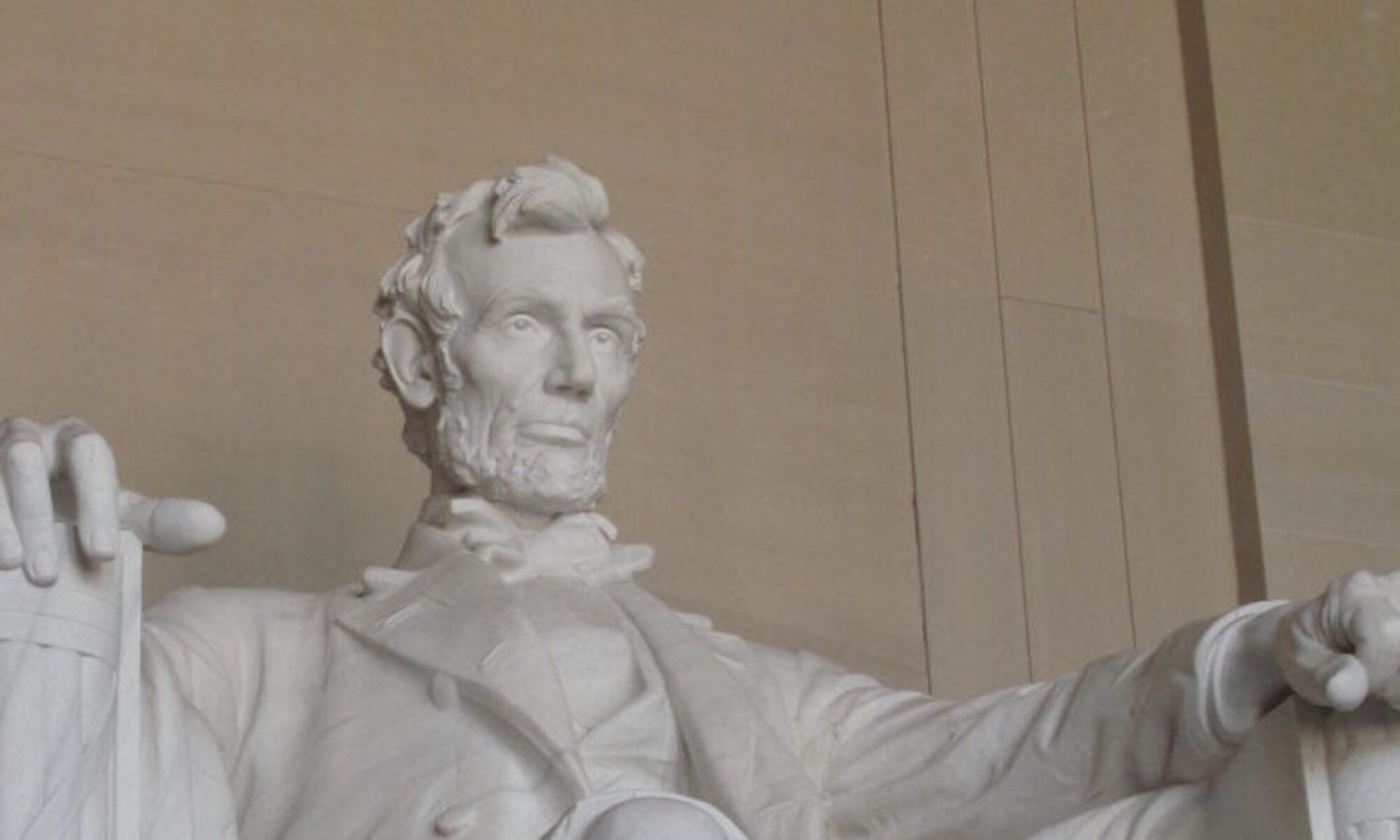The comedian Dennis Miller was asked about his view regarding the filmmaker Michael Moore’s right to make movies that bombastically drive opinions through questionable logic and facts. Miller stated bluntly that although he found Moore despicable, he believed that the unique premise of America regarding free speech needed to be defended to the hilt, an inalienable right that ” allowed that stupid moron to be that utterly, completely wrong”. I have decided for the most part to stay away from day to day stories on this blog for the simple reason that the immediate impulse to interpret rarely provides perspective. A recent story however about unknown minister determined as a right of free speech to burn Korans has managed to ensnare the national media, the President of the United States, and the General in charge of combat forces in Afghanistan. Now that’s the power of free speech; thus far no Korans burned, and yet the entire world is commenting on whether this man has the right to state his opinion through a ludicrous and reckless public display.
What exactly is the right being defended here? The First Amendment to the Consitution of the United States states the following:
“Congress shall make no law establishing religion, or prohibiting the free exercise thereof; or abridging the freedom of speech, or of the press; or the right of people to peaceably assemble, and to petition the government for a redress of grievances”
The privilege to act in ways that express your freedom of speech by voicing your discontent and outrage through the burning of Korans shall not be infringed by law or law officers, whether it be the chief legal officer of the the land, the President, or your local constabulary. And clearly, your privilege as an Imam to build a mosque within blocks of ground zero is to upheld as a free man’s exercise of his religious expression. The chief officer of the land, the President, who so vociferously rejects the logic of free expression of a crazy minister, is caught in the quandary of defending the free expression of a crazy imam who desires to build a triumphal temple at the site of the barbarous acts of fringe members of his religious vision.
The problem comes down to the concept as to whether a right exists, versus whether it’s expression is moral or correct action. In simple terms, do we have the right to be “that stupid moron” that Dennis Miller eviscerates? Of course we do – and a developed, mature society has the equal right to complain, abhor, and most importantly, ignore moronic expression. The lunacy of defending indefensible acts does not protect the right of expression, but instead cheapens it by implying every stupid indefensible act needs to be supported righteously by a healthy society as a viable expression. The right to express, does not make it viable expression. The defense against stupidity and the prevention of moronic acts is a common sense recognition of right and wrong that demands society not needlessly support its own destruction through publicity. If Nazis want to march through Skokie, Illinois no one should watch the parade. If an artist expresses his immaturity and perversion of placing a symbol of Christ in a glass of urine, he has the right, but society has the right to assure no public funds or facilities be utilized to publicize his moronic talentless expression. If imams want to build mosques, they have the right to build but not the right to build unfettered to location. If Koran burning makes the minister feel better, the total avoidance of any publicity or attention, the two outcomes he craves more than anything, merits the common sense approach. We all have rights to expression, but that doesn’t mean the rest of us have to like a particular stupidity, expressed by a particular moron- we can use our common sense and express our opinion, that when you desire to express your right, we reserve the capacity to inform you societally that your right, is utterly, completely wrong.
